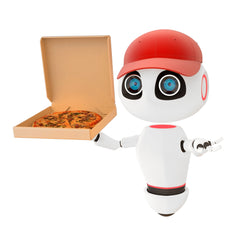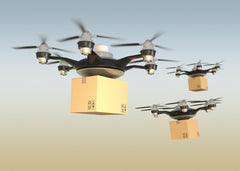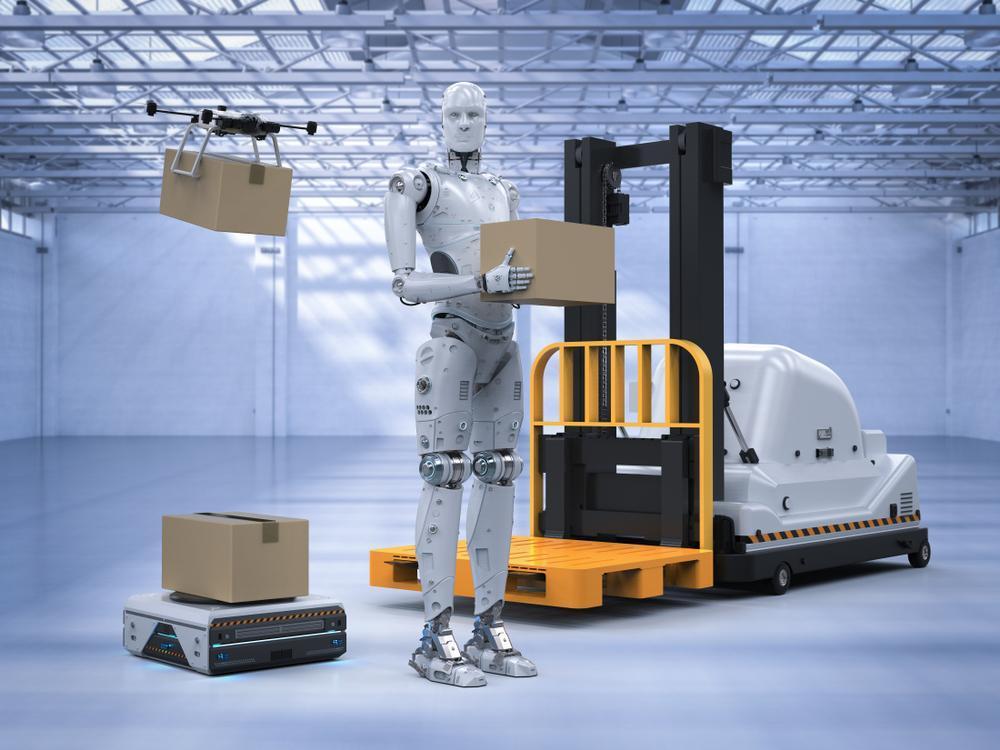What if you could substantially cut down the last-mile delivery costs of your e-commerce business? What if you could considerably increase the number of options you have to get your products to the customer? What if, robots could actually deliver your products to the customer’s homes?
These are the questions that several robotic solution providers across the globe are currently asking their customers. Many cities already have slow-moving box-shaped robots on wheels navigating carefully through sidewalks to deliver items. And if you are not happy with your package arriving slowly by road, drones that can deliver things are also in the making.
Their numbers are only going to increase, mainly because of a rising trend among customers to shop for products in small numbers frequently. A 2018 survey by the US Postal Service has also confirmed that most respondents support the use of robots in this field. So, what can we expect to see in the future? Here are five trends to watch out for:
1. The entire last-mile need not be automated

A robot could soon be at your doorstep with a mouthwatering pizza, but that doesn’t mean that it would have carried it all the way from the restaurant. There could be a delivery van in the area carrying these robots, which may only be used to cover the final stretch of the delivery.
The survey from the US Postal Service had also shown that customers feel robots that help a delivery person are more feasible soon than completely autonomous machines. These “helper robots” would follow delivery people, carrying items so that the personnel can cover large areas without having to go back to the delivery van often.
2. Remote-operated robots can also be expected
The American carmaker Ford had recently showcased some of its research into combining autonomous cars and bipedal robots for last-mile delivery. Although the concept of a human-sized robot walking over obstacles is exactly the kind of future that Hollywood warns us against, in truth, bipedal robots are very unstable.
To solve this issue, these robots may be remotely operated. This will also ensure that the customers and regulators are confident that the robots will operate as expected.
3. Higher capacity and speed
Many of the package delivery robots being tested now have an average capacity of about 10kg and travels at 6 km/hr. This enables them to operate on sidewalks at the speed of pedestrians. However, this also limits their efficiency.
More efforts can soon be expected in the production of larger, faster robots that could come under the category of vehicles that run on the streets. Some of these machines that look like compact cars have already been tested and used in cities like Houston and Scottdale in the US.
4. A 19% annual growth in five years

According to the research firm MarketsandMarkets, the global delivery robot market is set to grow at a CAGR of 19.15 percent from $11.9 million in 2018 to $34 million by 2024. Food and beverages, hospitality, retail, and healthcare are some of the sectors which would benefit the most from adopting autonomous delivery robots.
The arrival of robots is also expected to boost the retail and logistics industry, driving the costs down and improving efficiency. Much of this growth will be seen in North America due to sufficient financial support and suitable street infrastructure conditions.
5. Hardware to see the highest growth
Although robots are a combination of hardware and software, it is the former that is going to see the most growth in the coming years. Hardware accounts for most of the cost, with components like radars and LiDAR sensors that provide the most accurate information on surrounding environments being expensive.
Actuators and gear motors are also integral to the proper functioning of these robots. They help the machine act on the data captured by sensors, generating movement in different parts of the robot. Given such a key role, choosing the right actuator from the right vendor is critical to ensure the package delivery robot functions as it should.
-----------------------------------------------------------------------
About the Author

Prasanth Aby Thomas has written extensively on global security, automation, and smart technologies industries. He is a Senior Journalist and tech reporter and has worked with several publications in India and abroad. He completed a Masters Degree in International Journalism from the University of Bournemouth, Dorset.




